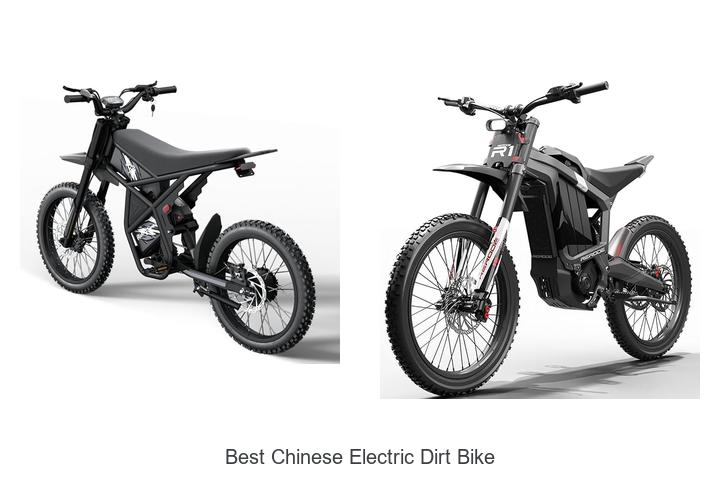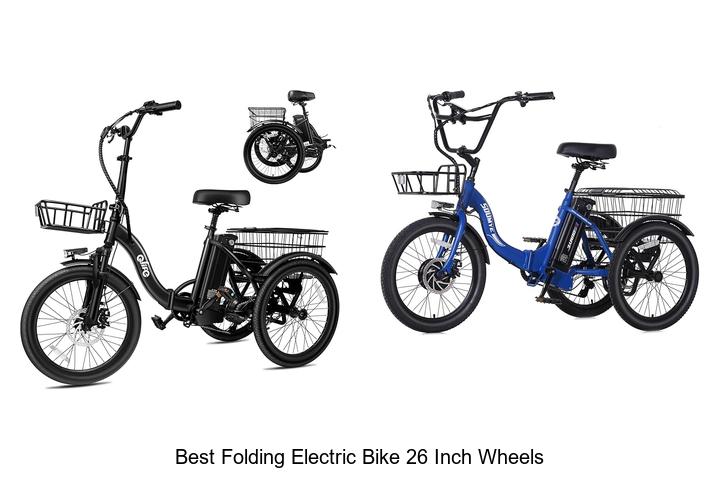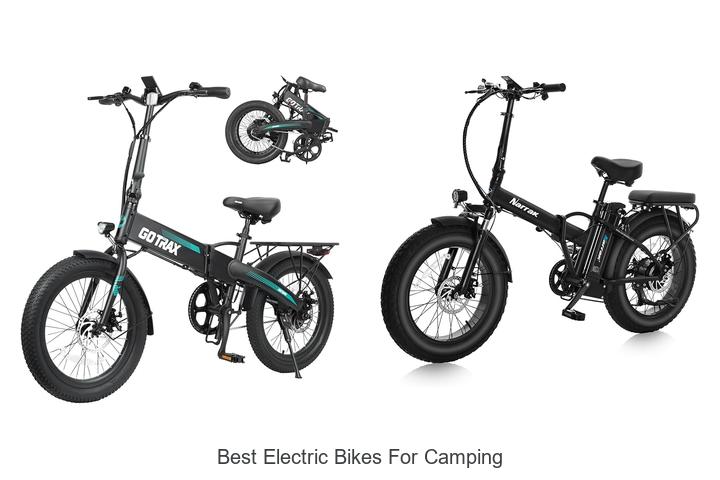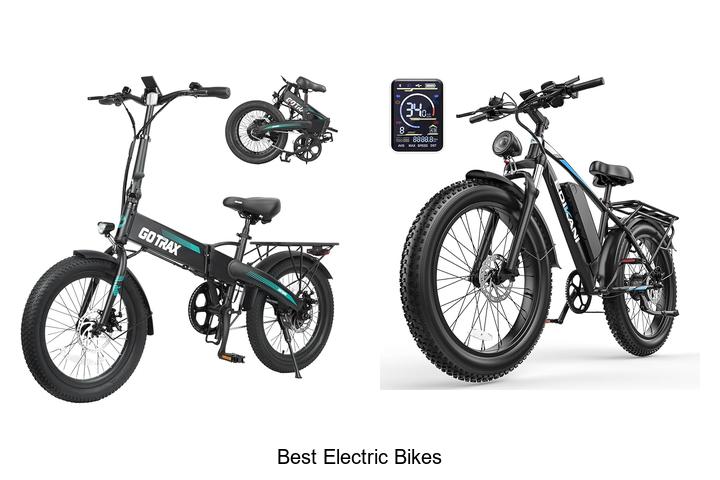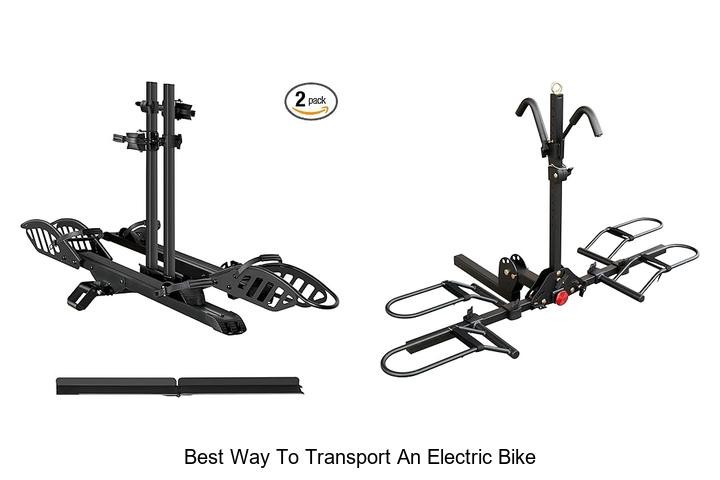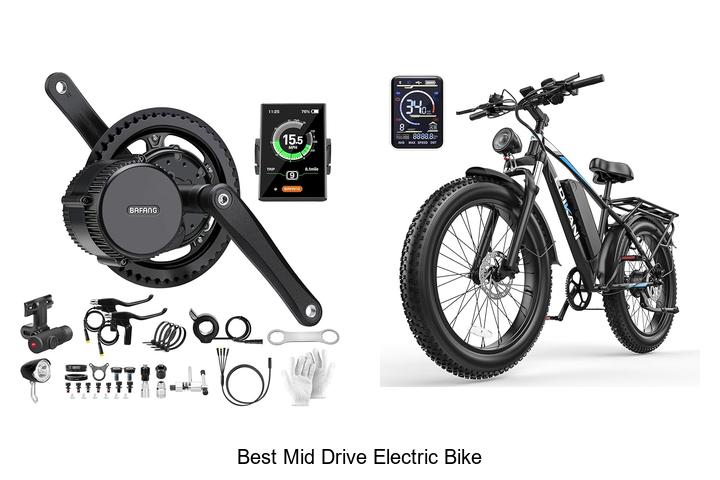What Is a Class 1 Electric Bike? Complete Beginner’s Guide
Electric bikes are changing the way you commute and explore the outdoors. Among the different types, a Class 1 electric bike stands out for its balance of power and simplicity. It offers pedal-assist only, meaning the motor kicks in only when you’re pedaling, making your ride feel natural and smooth.
If you’re curious about how Class 1 e-bikes work and why they’re so popular, this guide will help you understand the basics. Whether you’re considering buying one or just want to know more, you’ll learn what makes these bikes a smart choice for city streets and trails alike.
What Is a Class 1 Electric Bike?
Class 1 electric bikes deliver pedal-assist power that helps you ride more efficiently without compromising the natural biking experience. Understanding their features helps you choose the right e-bike for your needs.
Definition and Overview
A Class 1 electric bike provides motorized assistance only when you pedal. The motor stops assisting at speeds above 20 mph. These e-bikes never operate solely on motor power, keeping your pedaling effort central. The motor power typically maxes out at 750 watts, enhancing your riding range and reducing fatigue on hills or long commutes.
How It Differs from Other Classes
Class 1 e-bikes differ from Class 2 and Class 3 by limiting assistance to pedaling and capping speed at 20 mph. Class 2 e-bikes include a throttle that can propel the bike without pedaling, also usually capped at 20 mph. Class 3 e-bikes offer pedal-assist that continues up to 28 mph, providing faster assistance suitable for more experienced riders or longer commuting distances. Class 1 bikes prioritize a natural riding feel and legal access to most bike paths and trails, unlike some higher classes restricted by local regulations.
Key Features of Class 1 Electric Bikes
Class 1 electric bikes offer a blend of pedal-assist technology and user control. Understanding their key features helps you choose the right e-bike for your riding needs.
Pedal-Assist System
Class 1 e-bikes use a pedal-assist system that activates the motor only when you pedal. This system enhances your pedaling power without replacing your effort. Sensors detect your pedaling cadence or torque, allowing the motor to deliver consistent assistance. Because the motor stops when you stop pedaling, you maintain full control over the bike’s speed and feel a natural cycling experience. This feature reduces rider fatigue on hills and long rides, making your trips more efficient and enjoyable.
Speed Limitations
Class 1 e-bikes provide motor assistance only up to 20 miles per hour. Once you exceed this speed, the motor cuts off automatically. This speed limit aligns with most local regulations for electric bikes, granting you access to bike lanes, paths, and many trails restricted to pedal-only bikes. Staying within this limit also preserves battery life and ensures safe handling, especially in urban environments or on mixed-use trails.
Motor Power and Design
Class 1 e-bike motors typically max out at 750 watts, delivering enough power for moderate inclines and varied terrain without overwhelming your pedaling effort. Motors are often integrated into the bike’s frame or hub to maintain balance and stability. The design focuses on combining electric assistance with traditional bike mechanics, keeping the bike lightweight and maneuverable. This balanced motor power supports versatility, whether commuting or enjoying recreational rides.
Benefits of Riding a Class 1 Electric Bike
Class 1 electric bikes offer multiple advantages that enhance your cycling experience while maintaining compliance with legal standards. Their pedal-assist design improves accessibility, trail access, and environmental sustainability.
Accessibility and Ease of Use
Class 1 electric bikes simplify cycling by providing motor assistance only when you pedal. This feature reduces fatigue by supporting your effort on hills and long rides. You control the level of assistance, which helps you maintain a consistent riding rhythm. The design suits riders of various fitness levels, making cycling accessible without sacrificing physical activity. Lightweight frames and intuitive controls further increase ease of use.
Legal Access and Trail Availability
Class 1 electric bikes qualify for the broadest legal access compared to other e-bike classes. Local and state regulations often permit Class 1 e-bikes on bike lanes, multi-use paths, and many off-road trails. Since the motor assistance stops at 20 mph, these bikes comply with speed limits common in public trail policies. This legal acceptance lets you explore urban and natural environments freely without restrictions imposed on faster or throttle-controlled models.
Environmental Impact
Class 1 electric bikes provide a low-emission transportation option that reduces reliance on fossil fuels. Using pedal-assist technology encourages physical activity while decreasing car trips, lowering overall carbon footprints. The electric motor uses rechargeable batteries with energy-efficient designs, minimizing environmental impact during operation. Riding these bikes supports sustainable commuting and recreational habits, contributing positively to urban air quality and reducing noise pollution.
Considerations Before Buying a Class 1 Electric Bike
Choosing the right Class 1 electric bike requires evaluating factors that match your riding habits and lifestyle. Focus on intended use, battery performance, and ownership costs to make an informed decision.
Intended Use and Terrain
Identify the primary riding environment for your Class 1 e-bike. Choose a bike with features suited for urban commuting, casual rides, or trail exploration. For paved surfaces and city streets, prioritize lighter frames and agile handling. For off-road trails, look for models with robust suspension and durable tires designed to handle rough terrain. Match the bike’s motor power and wheel size to the specific terrain to ensure optimal performance and control.
Battery Life and Range
Consider how far you typically ride per trip and how often you’ll charge the battery. Class 1 electric bikes commonly offer ranges between 20 and 50 miles on a single charge, depending on battery capacity and pedal-assist level. Choose a battery with sufficient watt-hours (Wh) to cover your daily rides plus a margin for unexpected detours. Pay attention to the charging time, which can vary from 3 to 6 hours, affecting your bike’s availability for frequent use.
Cost and Maintenance
Factor in the initial purchase price, which varies widely based on components, brand, and technology. Expect Class 1 electric bikes to range from around $1,000 to over $3,000. Account for ongoing expenses like battery replacement every 3 to 5 years and routine maintenance of brakes, tires, and drivetrain. Opt for reputable brands that offer warranty coverage and access to service centers to reduce long-term upkeep costs.
Conclusion
Choosing a Class 1 electric bike means embracing a ride that balances power and control while keeping you connected to the cycling experience. It’s an ideal option if you want reliable assistance without sacrificing the feel of pedaling.
With their broad trail access and user-friendly design, these e-bikes open up more opportunities for commuting and adventure. By understanding what Class 1 e-bikes offer, you can make a confident decision that fits your lifestyle and riding goals.
